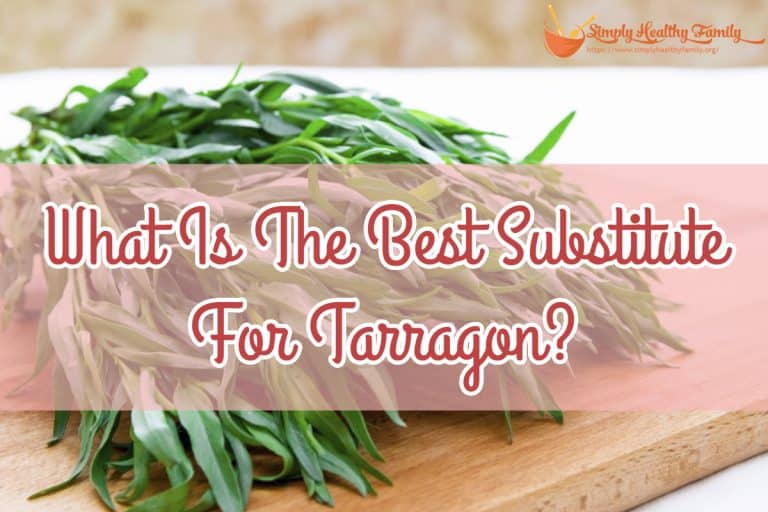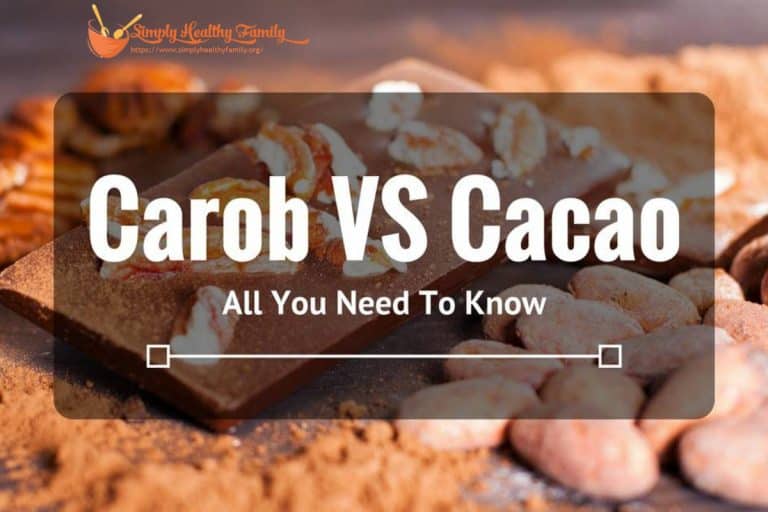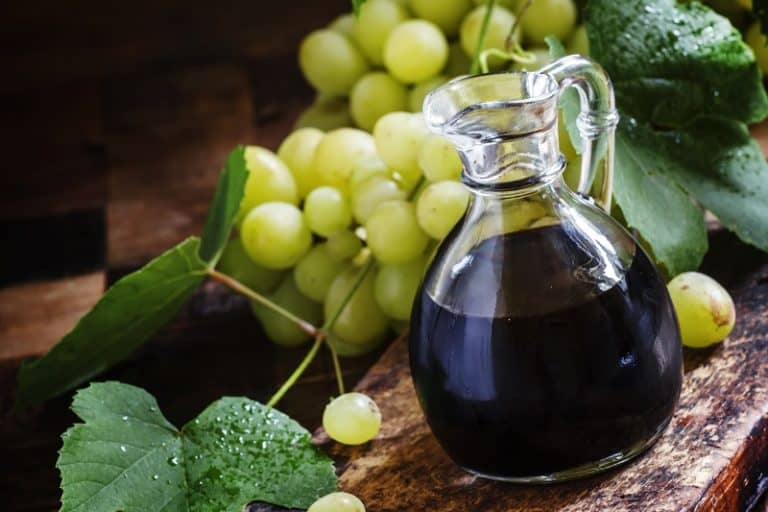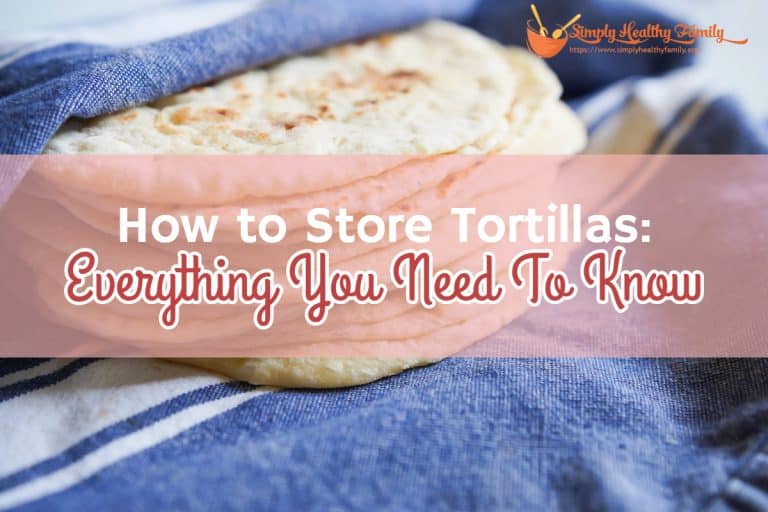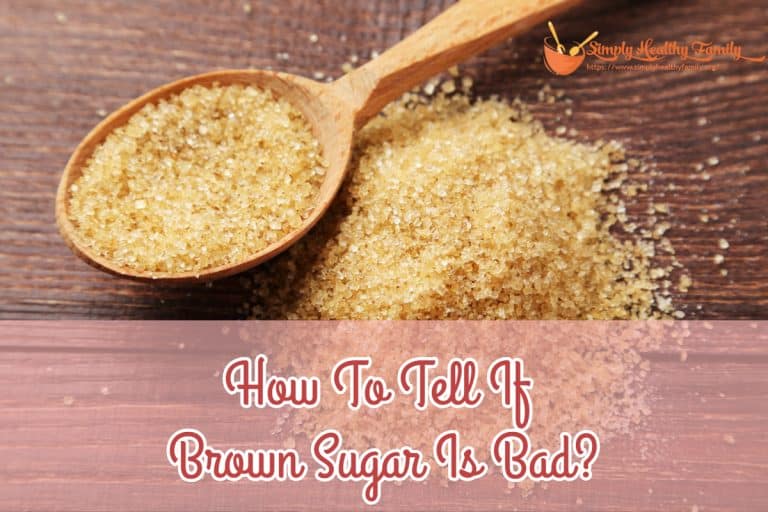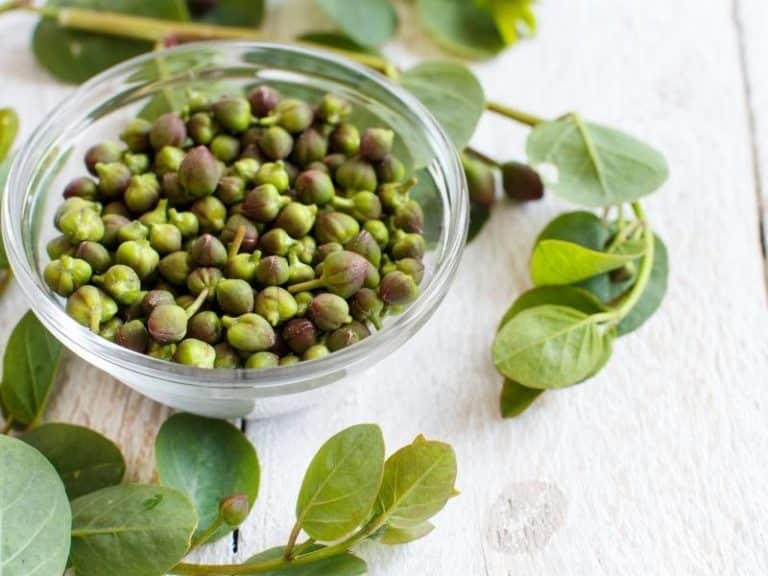What Is The Difference Between Curry Paste and Curry Powder?
Are you starting to appreciate curry? Then good for you! I love curry because it is so delicious. I like to pair it with rice, although on some occasions where I find eating it with bread and potatoes.
If you are learning how to cook curry, then you might be wondering which is the better option— curry paste or curry powder. Or you may simply want to know the difference between curry paste and curry powder.
I’ll give you the rundown on curry paste and curry powder in this article.
What is curry paste?

A bowl of Curry Paste and kinds of spice on the table
Here’s the easiest way to distinguish curry paste—this is what is traditionally used in Thai cooking. Its color may range from green, red or yellow. It has a very potent flavor.
It usually includes dry spices and fresh herbs like lemongrass, galangal, kaffir lime leaves, ginger, red chilies, and garlic. These ingredients may be crushed using pestle or mortar, or in a food processor and then added with vegetable oil and liquid in order to create a thick paste.
Mixing vegetable oil also serves a very important purpose—it prevents air from getting into the ingredients of curry paste and thus allows the paste to retain its flavor.
The Thais are known to combine curry paste with coconut milk. Thai curry is spicy but has that characteristic coconut flavor.
Most Thai curry recipes not only include curry paste as the base ingredient but also incorporate other ingredients like vegetables, chicken and seafood.
Curry paste is very potent in flavor that it doesn’t need any seasoning at all. You can find curry paste in most Asian markets. Curry paste can last for up to six months when stored in the refrigerator.
Curry paste should be fried in the pan for about 1-2 minutes. This should bring out its flavor.
What are the variants of curry paste?

The Variants Of Curry Paste
There are different variants of curry paste. The green colored paste is resulting from the use of fresh green chilies. This is ideal for use with coconut milk. I usually use this with poultry like chicken and duck.
Red curry paste, on the other hand, has red chilies. In terms of heat level, I can describe it as somewhere in the middle. I personally think this is the most flexible of the curry paste variants because it can be used in a wider array of dishes such as chicken, seafood, and beef curry.
The yellow variation gets its color from yellow peppers. It has a more subdued flavor compared to green curry paste. It has a distinct sweet and peppery flavor. I like to use it for chicken curry.
What is curry powder?

A spoon of Curry Powder
Curry powder, on the other hand, is traditionally used in the Indian variant of curry. It is usually colored yellow-orange.
Curry powder is made from a combination of spices such as turmeric, red pepper, cumin, and coriander. The yellow color comes from turmeric, the main spice in curry that is also known for its numerous health benefits.
Using curry powder is simple as well. You simply mix it with water to make a paste. I usually add it together with the rest of the spices like garlic and onion. Or you can directly add the curry powder to the soup once it starts to boil.
What are the different variants of curry powder?

The Variants Of Curry Powder
There are many variants of curry powder. There’s yellow curry powder which has a mild taste. It usually has ingredients like turmeric, coriander, cumin, and salt.
Brown curry powder has ingredients like peppers and clove, aside from the essential ingredients found in yellow curry powder. Thus, brown curry powder has the familiar flavor of mild yellow curry with the spicy taste courtesy of peppers.
Homemade Curry Paste
If you can’t find curry paste in your area, you can make your own curry paste. You will need the following ingredients:
Ingredients

chillo peppers, chiles de arbol, shallots, chopped garlic, ginger, cumin, coriander, and salt
- 3 dried red chili peppers
- 10 dried Chiles de arbol
- Half cup of shallots
- Quarter cup of chopped garlic
- One tablespoon of chopped ginger
- One teaspoon of ground cumin
- One tablespoon of ground Coriander
- Salt and pepper to taste
Step by step guide

Tear the dried chilies into small pieces.
- Tear the dried chilies into small pieces. Soak these in a bowl full of warm water for about 10 minutes.
- Place all other ingredients into a blender.

Add the dried chilies into the blender
- Add the dried chilies into the blender.
- Grind all the ingredients into a paste.

A bowl of Curry Powder and peppers
- Pour into a jar and store in the fridge for up to a month.
Homemade curry powder
You can also make your own curry powder at home.
Ingredients

turmeric, coriander, cumin seeds, black peppercorn, cardamon, ginger and whole cloves
- 2 teaspoons of turmeric
- 4 teaspoons of coriander
- 1 ½ teaspoons of cumin seeds
- ½ teaspoon of black peppercorn
- ½ teaspoon of red pepper flakes, crushed
- ½ teaspoon of cardamom, or cardamom substitute
- ½ inch of cinnamon stick
- ½ teaspoon of ginger
- ½ teaspoon of whole cloves
Step by step guide

Store in an airtight container
- Put all the ingredients in the blender.
- Grind for 2 minutes.
- Store in an airtight container.
Conclusion
While there are several differences between curry paste and curry powder, it cannot be denied that both are integral ingredients in preparing one of the world’s most popular dishes.

